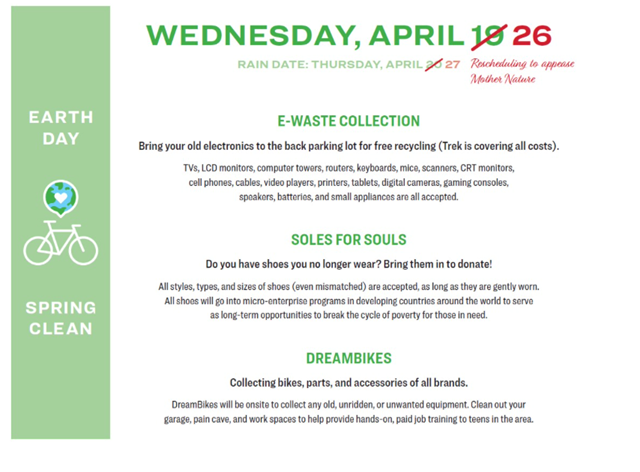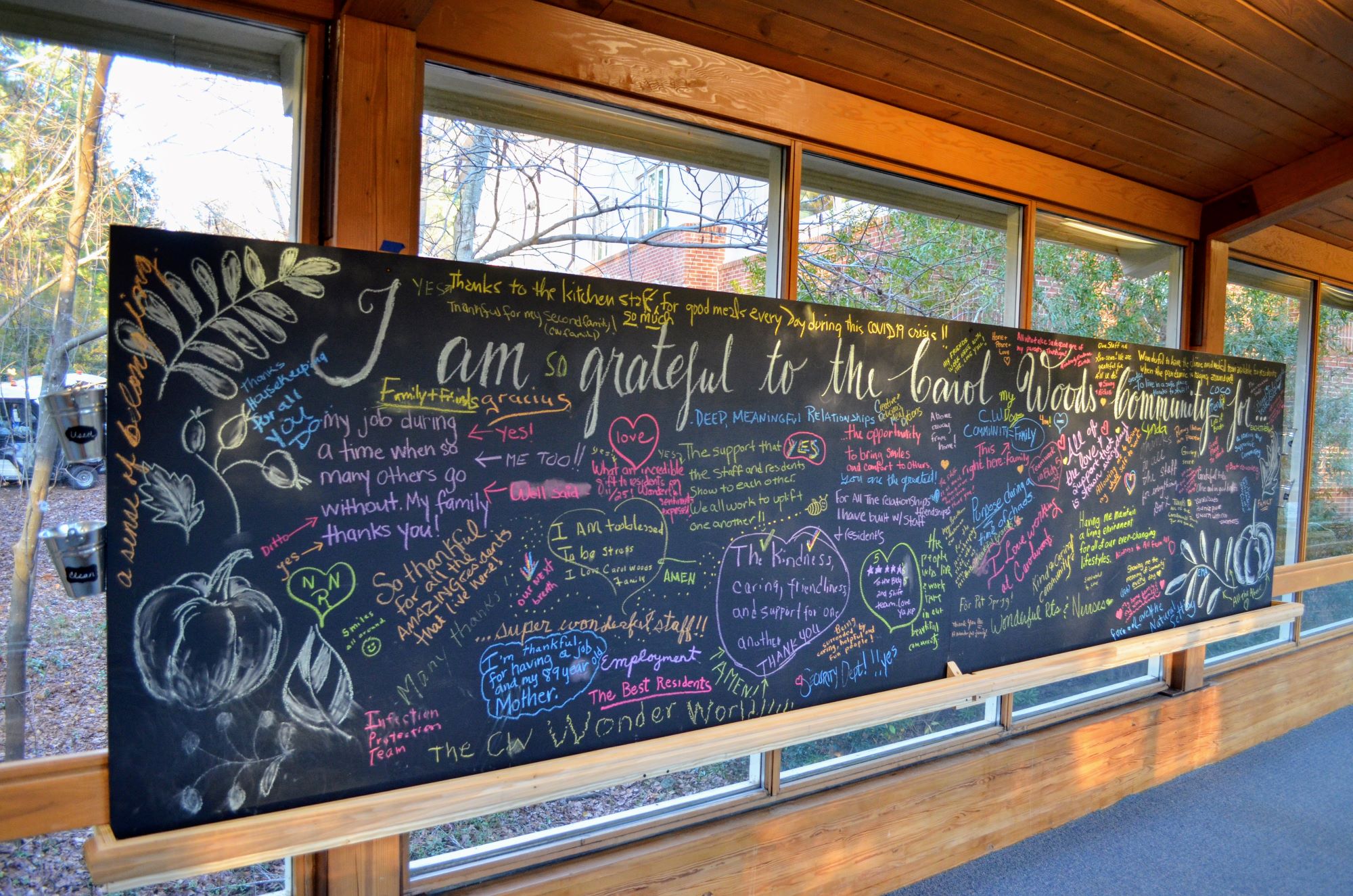Employee Engagement, Employee Experience, Leadership & Management, Purpose
Workers say it matters how their employer is investing in sustainability and reducing carbon emissions. Here’s what that means in practice.
One stakeholder cares more than any other about how companies perform on sustainability and environmental goals: employees.
Gen Z and millennial employees in particular say that a company’s climate record will influence whether they take a job offer, with 60% of Gen Z saying they would avoid applying for a job at companies that have a perceived negative impact on the environment.
But tapping into the passions of these employees is a delicate balancing act.
Plenty of research has shown that inauthentic efforts at corporate social responsibility (CSR) can backfire. To be successful, companies must carefully involve employees in efforts to meet sustainability goals, from reducing waste to lowering carbon emissions.
Three drivers of engagement
New research has identified three drivers of employee engagement when it comes to CSR initiatives:
- Tension that exists either in the goals for CSR initiatives or the means used to accomplish CSR programs (This tension is created by a disconnect between which CSR goals/means an employee prefers and which the employee believes their company adopts.)
- Whether an employee engages with CSR work occasionally or as part of their role every day
- An employee’s ability to adopt a paradoxical mindset (As F. Scott Fitzgerald once described: “the ability to hold two opposing ideas in mind at the same time and still retain the ability to function.”)
These three drivers determine how engaged employees will be with your CSR efforts, says Garima Sharma, assistant professor, Kogod School of Business, American University.
One lesson from this research is that it is easier to reconcile tensions in CSR at the means level — what tactics or programs a company pursues — rather than at the goals level. Goals represent ideology, which is harder to bridge. If an employee is focused on CSR out of a personal passion — because it is the “right thing to do” — they will have conflict if they think that their organization is focused on CSR primarily as a business opportunity, and vice versa.
Is the goals conflict one that can be reconciled?
“It’s much, much harder,” says Sharma.
Finding internal advocates
To avoid this tension, many companies are finding ways to make sure employees feel included in setting CSR goals.
For PCL Construction, involving employees starts with finding a local leader in each of its offices that can take on the challenge. Every office, which is empowered to set its own strategy to meet its business needs, has someone who participates in PCL’s Sustainable Construction Advisor Network.
“These are individuals who volunteer to serve as local experts in their office, point persons for sustainability training or being there as a technical resource on our construction projects,” says Scott Beckman, director of sustainability for PCL.
Employees give lots of feedback to the organization about how they perceive efforts to increase sustainability and promote climate-friendly business practices.
“One example of that recently was some of our offices took it on themselves to establish waste tracking databases, and worked with their local waste haulers to ensure that we’re getting the proper reporting and tracking from them so that we can then roll that up into consolidated reporting,” says Beckman.
Tri Pointe Homes also empowers its team members to improve its LivingSmart® program, which underpins its commitment to healthy and environmentally responsible business practices.
“At Tri Pointe, ideas come from everywhere,” says Heather Breidenthal, CHRO of Tri Pointe Homes.
“Our team members are always encouraged to share their ideas for improvement and much of what happens in homebuilding happens ‘boots-on-the-ground’ style, as we are building our actual homes and communities.”
Scaling to customers
Engaging employees is also crucial for scaling the impact of climate-focused policies. For Hewlett Packard Enterprise (HPE) only 3% of its total carbon emissions is from its own operations. Its supply chain is responsible for another 31%.
A whopping 66% is generated when customers use HPE’s products.
Yet, even when focusing on customer-facing solutions, employees play a crucial role in educating customers and creative problem-solving. Every employee has to play a role. The dedicated team of six that focuses on sustainability for the entire global customer base can’t speak to every customer interested in making their technology more sustainable.
“I’m always delighted when a customer tells me, ‘Hey, I heard from this pre-sales person or this salesperson and they were explaining to me all the things that HPE does from a climate perspective,’” says John Frey, chief technologist for sustainable transformation at HPE.
Making it personal
When it comes to training, many employers are connecting learning about sustainability and climate solutions to career growth and development.
At Trek Bicycles, product managers have extensive training in the concepts and practices of circularity — that is, how new products can be made with recycled products with a plan to reclaim the materials at the end of life.
“We brought in some expertise from Europe,” says Mark Joslyn, vice president of human resources at Trek. “We conducted a series of workshops and classes, first educating designers and product managers about how the lifecycle analysis is performed, and the impact of all the inputs.”
That’s when they learned the true value individual passion and expertise can have on the organization and our planet.
“We learned that the greatest impact or the largest percent of impact a product has in the world is determined at the point of design,” explains Joslyn. If you want to have a product that uses responsibly sourced and/or recycled materials, that’s shipped in sustainably sourced packaging, that contributes less to your carbon footprint, it has to be designed to do so.
“So having [designers and engineers] informed about how their decisions will drive that is essential,” Joslyn says.
Bringing the impact home
Another way to help employees connect with CSR initiatives is to bring them to the places where employees work.
For Trek, one powerful example has been their recycling drive held each year on Earth Day where employees can bring e-waste, footwear and bicycle parts and equipment to recycle them.
“It sounds really simple, but there are a lot of products now that are very difficult or expensive to recycle depending on where you live,” says Joslyn. “So you might have electronics, you might have other products that your local recycler won’t take … that you want to dispose of responsibly — that’s a day that people now mark on their calendar.”

Getting involved
Looking to get your employees more involved with sustainability and climate initiatives?
Consider these tips:
1. Start with education
Do all your employees know what you mean when you use acronyms like ESG? The term, which stands for environmental, social, and governance issues has become a hot button topic headed into a contentious presidential election cycle.
“There is a lot of noise out there,” says Breidenthal. “Gather and share examples and interesting stories (with pictures) from across the company. Start there and ask your employees to share their own stories. You will be amazed at what you will be able to collect, as well as the insights you will gain.”
2. Develop and publish a sustainability report
It’s important to know your current impact before you can start making measurable progress, much less communicate a strategy with your employees.
“It’s served as a really great organizing framework,” says Beckman. “It’s caused a lot of internal discussion when we produce it, from the top levels all the way down.”
3. Help employees share stories and best practices
You never know where a great idea might come from. Storytelling tools and channels offer a way for employees to contribute their expertise and drive conversations across the organization.
At PCL, employees share through a program called “My Sustainability Story.” Staff are encouraged to tell personal stories, best practices and anecdotes to an internal audience on Yammer, an internal social media platform.
“Having a healthy way to disseminate knowledge of sustainability best practices throughout the company is really key to moving forward as an organization,” Beckman says.
4. Don’t hesitate to engage
“Part of the challenge is often we’re hesitant to do things we can’t measure,” says Frey.
While the metrics to gauge improvement are getting better for environmental impact and carbon footprint, there are plenty of things that will have an impact that are harder to measure.
“Listen to your employees; listen to your customers,” Frey says. “Don’t wait to get started until you have all the measurement systems in place.”
Learn what moves your workforce
Wondering how your employee experience competes with the best enmployers in your industry? Our survey tools can help.











